Top 7 Interesting Facts about Genghis Khan
Genghis Khan was the founder of the Mongol Empire after uniting the independent tribes of Northeast Asia in 1206. He was a prominent military man and respected ... read more...by the people of Mongolia. Let's find out interesting facts about Genghis Khan with Toplist!
-
One of the interesting facts about Genghis Khan is that he had a rough childhood. Certain aspects of Khan's life have been brought into sharper light thanks to books like Jack Weatherford's Genghis Khan and the Making of the Modern World (2004) and The Secret History of the Mongols (approximately 13th century). Khan had a challenging upbringing after being born in Temujin in 1162, not far from the Mongolia-Siberia border.
Genghis had to deal with the harshness of life on the Mongolian Steppe from a young age. His tribe later drove his family out and left his mother to care for her seven children by herself after rival Tatars poisoned his father when he was only nine. In order to survive, Genghis learned to hunt and gather food as a child. He may have even killed his own half-brother as an adolescent in a food fight.
Rival clans kidnapped Genghis and his young wife while he was a teenager, and he later lived as a slave before staging a daring escape. Despite these setbacks, he had already made a name for himself as a fearsome fighter and leader by the time he was in his early 20s. He began forming agreements with the leaders of significant tribes after gathering an army of supporters. By 1206, he had successfully united the steppe confederations under his control and had started to focus on conquering other lands.
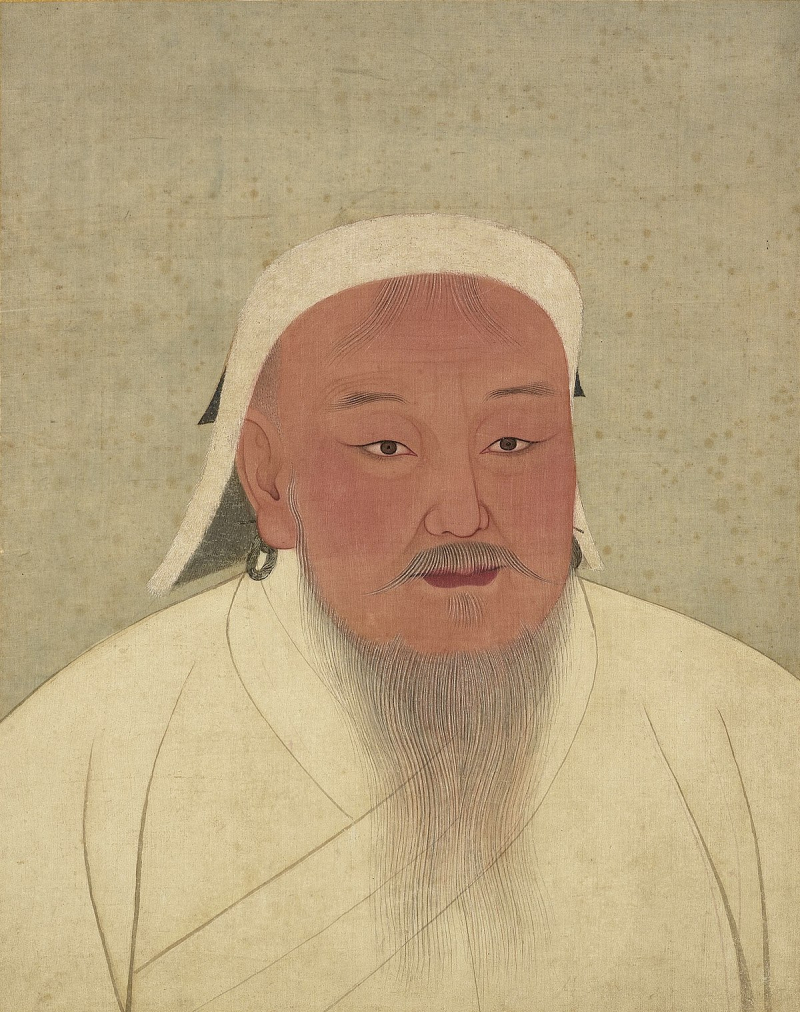
Photo: wikipedia 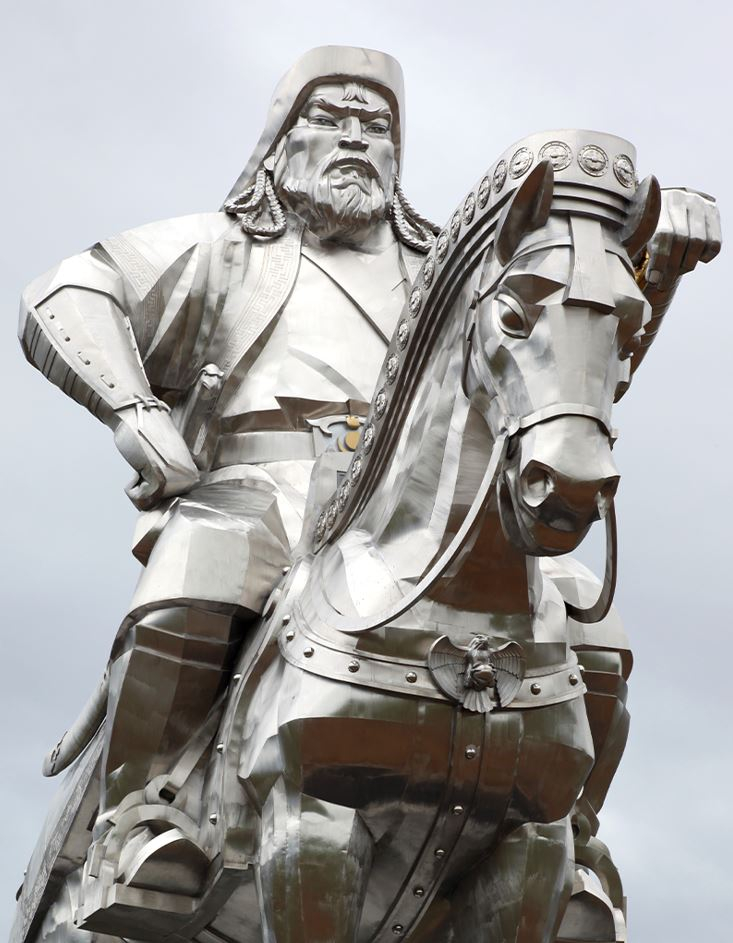
Photo: shenyunperformingarts.org -
The Mongol Empire, which Genghis Khan (Mongolian: Chinggis Khaan) is credited with creating, was the largest empire in recorded history at the time. He ruled over a large portion of what is now modern China. On an incredible scale, he and his army killed, destroyed, and reformed. Although he is renowned as the greatest conqueror in history, little is actually known about him.
Other tribes oppressed the Qiyan tribe when it was in decline. Genghis Khan was captured during a raid by the Tayichi'ud tribe, but he managed to escape. Genghis Khan recognized that in order to fend off persecution, he had to look for protection from a stronger force. He then turned to Toghrul, the clan chief of the Keraites and a close friend of his father's. He then started to gain strength and loyal supporters.
The Mongol tribes attacked because they could not stand Genghis Khan's rising dominance. He was able to unite or subjugate a number of large nomadic tribes and minor countries that fell under his dominion through the defeat of his adversaries, the formation of alliances, and winning the devotion of others. Finally, he succeeded to unify the Mongols. At a council of Mongol emperors in 1206, he was referred to as Genghis Khan and recognized as a "Khan" ('ruler' or'military leader').
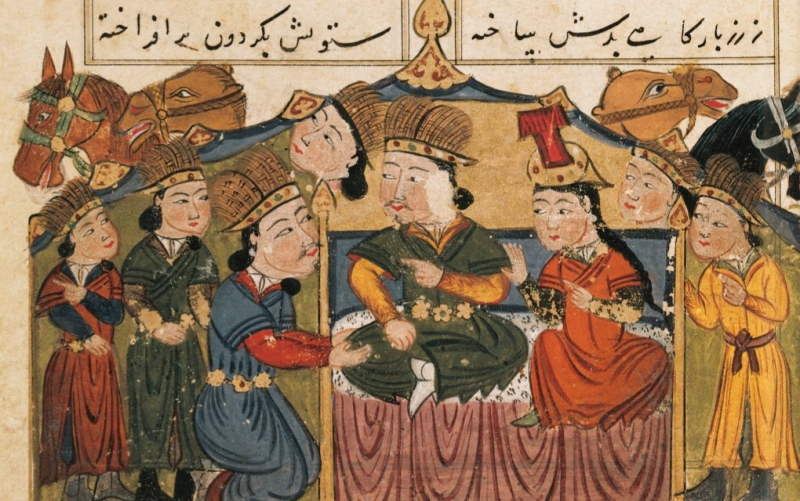
Photo: historyextra.com 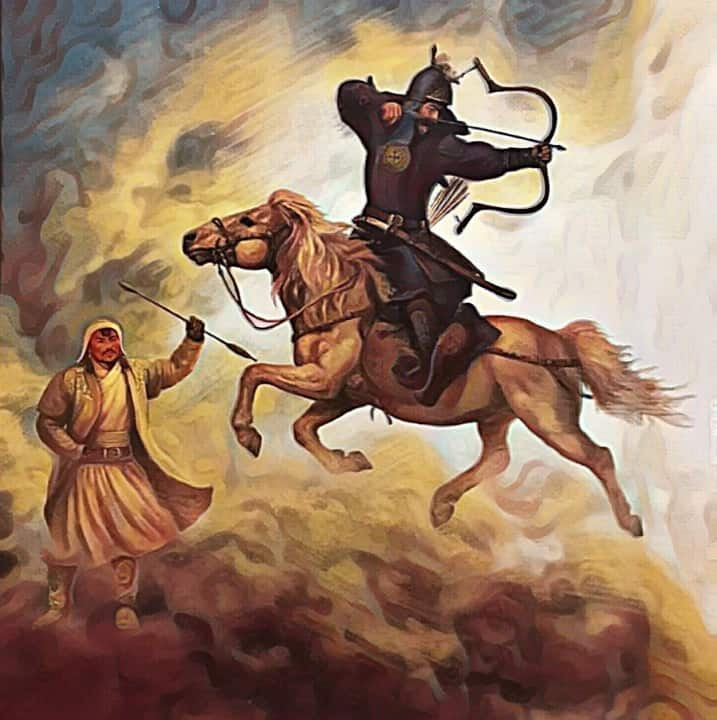
Photo: wikimedia commons -
While Genghis Khan frequently offered other nations the chance to voluntarily submit to Mongol authority, he wasn't afraid to use the sword against any society that resisted. After the Shah of the Khwarezmid Empire brokered a truce with the Mongols in 1219, one of his most well-known campaigns of vengeance was launched.
When Genghis' initial messengers were assassinated, the furious Khan retaliated by unleashing the entire force of his Mongol hordes on the Khwarezmid domains in Persia. Genghis had offered the Shah a rich trading arrangement to exchange products along the Silk Road. Millions of people died in the ensuing fight, and the Shah's realm was completely destroyed, but the Khan didn't stop there.
After his victory, he went back to the east and waged war against a tribe of Mongol subjects known as the Tanguts of Xi Xia who had defied his order to supply them with soldiers for his invasion of Khwarizm. The Great Khan commanded the execution of the whole Tangut royal family as retribution for their disobedience after routing the Tangut soldiers and sacking their capital.
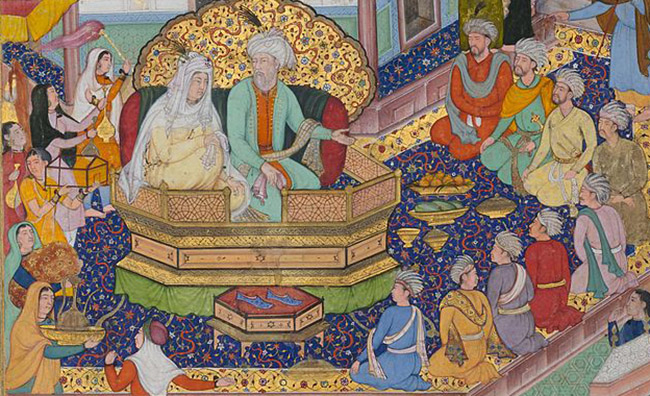
Photo: historyhit.com 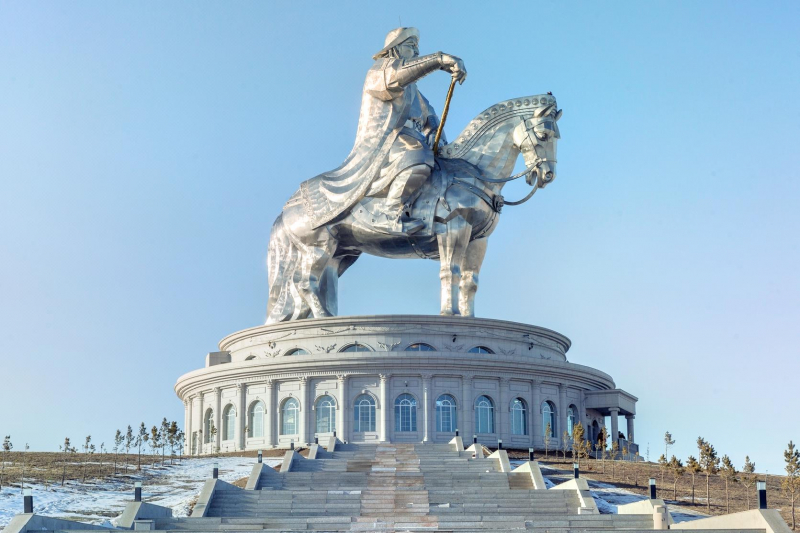
Photo: trip.com -
Actually, Genghis Khan was highly accepting of other faiths. His advisers came from a variety of religious backgrounds. He researched Christianity, Buddhism, Taoism, and Islam. He despatched a Muslim agent to Persia in an effort to make friends with them. Additionally, Genghis Khan encouraged ethnic variety within his realm by appointing representatives of various civilizations to run his cities. Given their nomadic heritage, the Mongolians lacked the experience necessary for this job.
Genghis Khan celebrated the diversity of the lands he had just conquered, in contrast to many other empire builders. He signed laws guaranteeing everyone's freedom of religion and even exempted places of worship from paying taxes. The political aspect of this tolerance stemmed from the Khan's understanding that contented people were less inclined to rebel, but the Mongols also had a very tolerant view of religion.
The Steppe peoples were a heterogeneous group that comprised Nestorian Christians, Buddhists, Muslims, and various animistic faiths. Genghis and many others adhere to a shamanistic belief system that worshiped the spirits of the sky, winds, and mountains. Spirituality was a personal concern of the Great Khan as well. Prior to significant battles, he was reputed to spend days in his tent in prayer. He also frequently visited with religious leaders to examine the specifics of their own faiths.
In his old age, he even invited the leader of the Taoist movement, Qiu Chuji, to his camp, where they allegedly held in-depth discussions about immortality and philosophy.
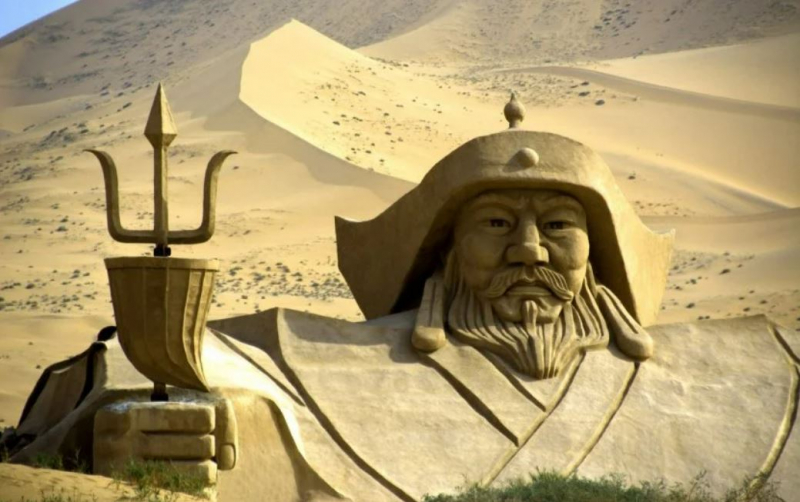
Photo: petifute.co.uk 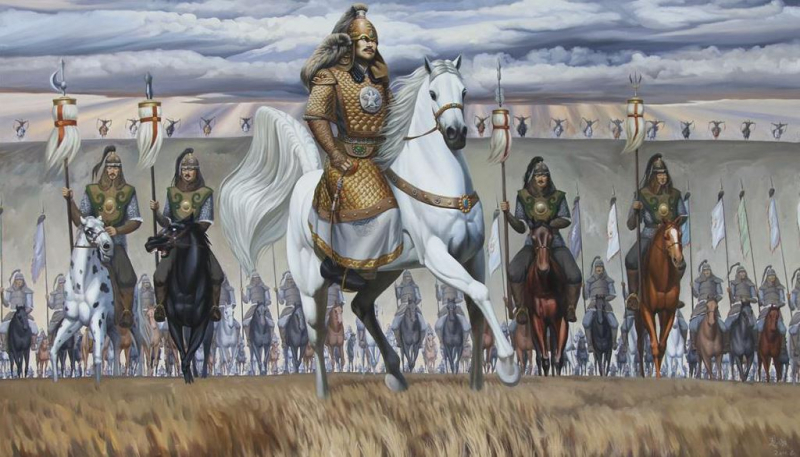
Photo: chinatourstar.com -
One of the earliest worldwide postal systems in the world is credited to Genghis Khan, according to historians. Ortoo was the name given to this system in the Mongol Empire. Communication stations were utilized in this system for the delivery of official mail. Additionally, the stations were utilized by military personnel, foreign dignitaries, and traveling officers. Additionally, these stations assisted in the transportation of both domestic and foreign commodities.
The Mongols' extensive communication network may have been their most effective weapon, along with the bow and the horse. One of his first orders as Khan was to establish the "Yam," a mounted courier service. This medieval express was made up of an efficient network of post houses and way stations dispersed throughout the entire Empire. Official riders may frequently cover up to 200 miles per day by resting or switching mounts every few miles. The system served as the Khan's eyes and ears while also enabling the movement of products and information at an unheard-of rate.
He could easily stay up to date on military and political developments and stay in touch with his vast network of spies and scouts because of the Yam. Additionally, the Yam provided protection for traveling merchants and dignitaries from other countries. Later on, notable people like Marco Polo and John of Plano Carpini used the service.
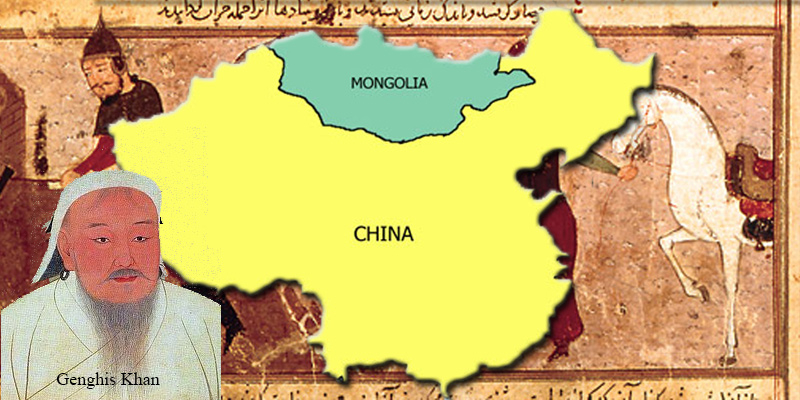
Photo: stampcircuit.com 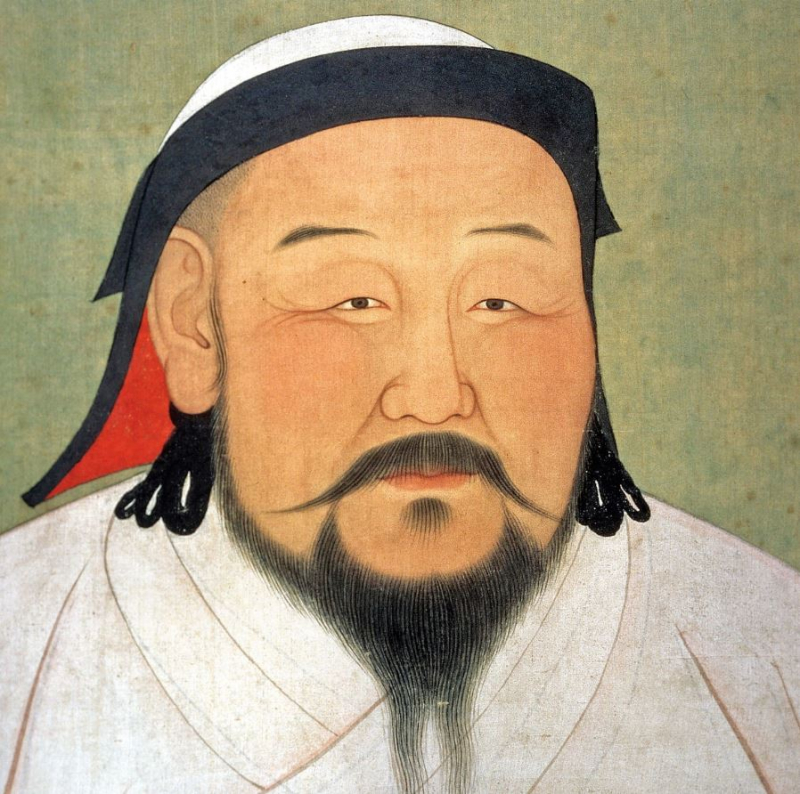
Photo: nationalgeographic.com -
The location of Genghis Khan's grave is one of the biggest unsolved questions surrounding him. Archaeologist Maury Kravitz spent 40 years looking to locate the burial before he passed away in 2012. Khan requested that his gravesite remain unmarked and that no one be informed of its location before he passed away. He was just 65 years old when he passed away at the battle of Western Xia in 1277, and his warriors faithfully carried out his final instructions.
According to folklore, his funeral procession slaughtered everyone they saw along the way, and to assist cover up his burial, they repeatedly rode horses over it. The tomb's exact site is still uncertain, however, it is most likely on or near the Burkhan Khaldun mountain in Mongolia.
His final resting place was kept secret mostly because of cultural customs. Burying their dead in unmarked graves was a Mongol custom. Genghis gave the same instructions to his subordinates. In addition, given the degree of brutality he committed, it was a ruse to thwart any attempts to desecrate his tomb. In addition, he would desire a quiet, serene, and isolated location to rest in peace after such a turbulent existence. It is óne of the interesting facts about Genghis Khan

Photo: Burkhan Khaldun – Wikipedia 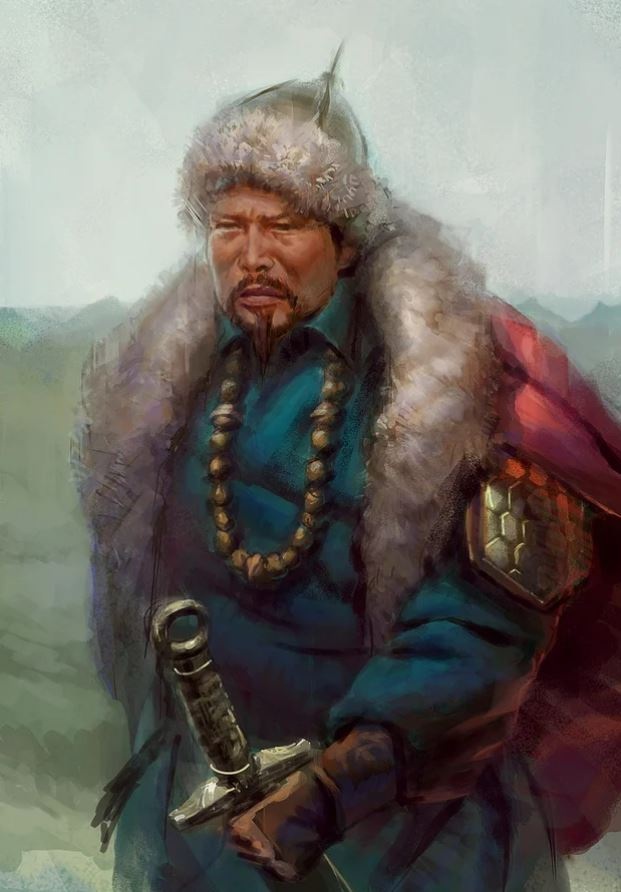
Photo: 12min.com -
An ancestor of Genghis Khan is one of every 200 men alive today. The astounding finding by an international team of geneticists that the male Y chromosome shared by more than 16 million individuals in central Asia and the great Mongol king is called the "Y-chromosome super-relationship."
In addition to being a conqueror, he was able to leave his DNA to future generations, creating an enduring legacy for himself. According to a recent DNA study, 16 million men in Central Asia alone are thought to be his descendants. He is characterized as being a great lover who had several marriages and courted many more women, which allowed him to have a large number of progeny. Additionally, he was given first dibs on the most attractive ladies in the towns the Mongol forces had taken.
The Mughal royal dynasty from Timur through Babur, the Yuan Dynasty of China, the Ilkhanids of Persia, the Jochids of the Golden Horde, the Shaybanids of Siberia, the Astrakhanids of Central Asia, and the Girays of Crimea were some of the ruling dynasties that were also descended from him.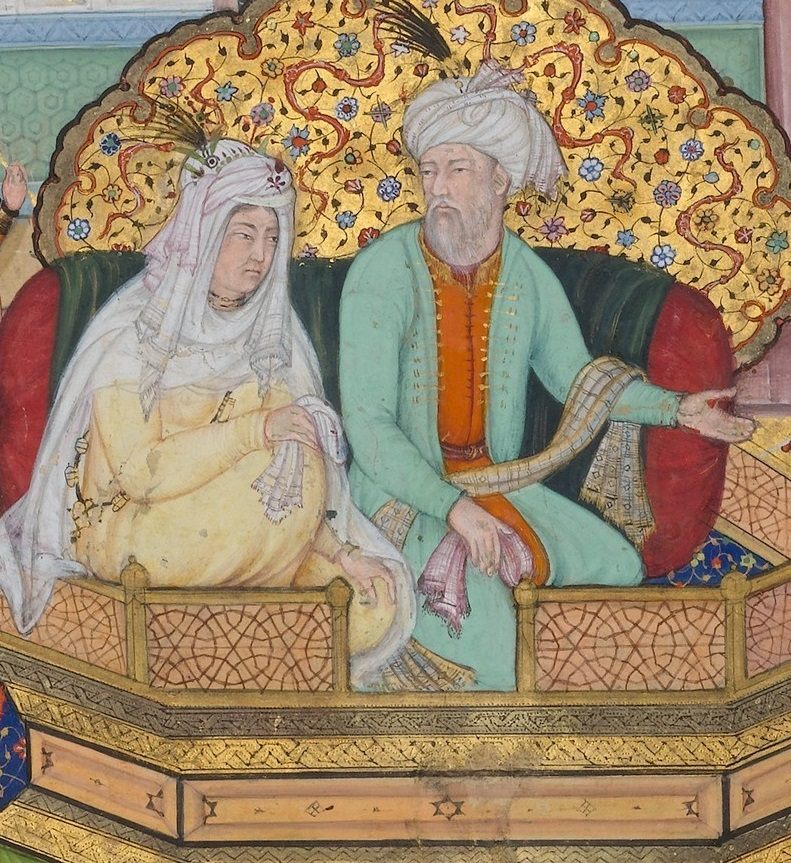
Photo: atlasobscura.com 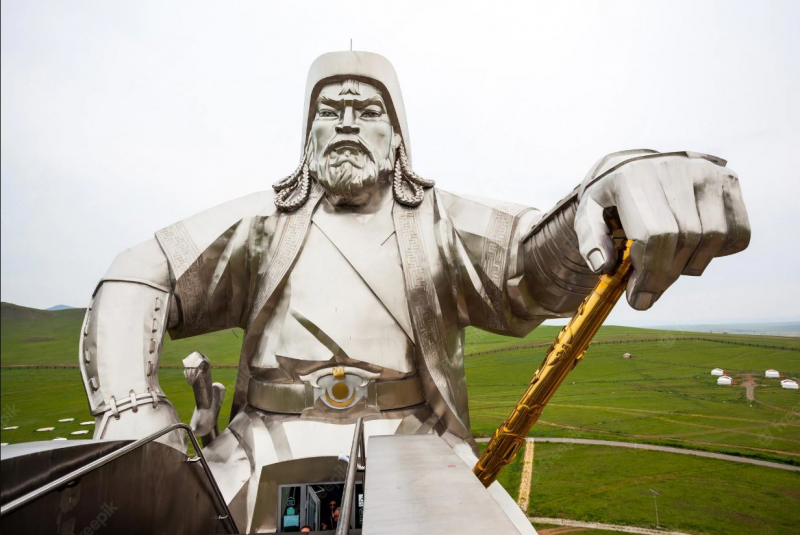
Photo: freepik.com




























